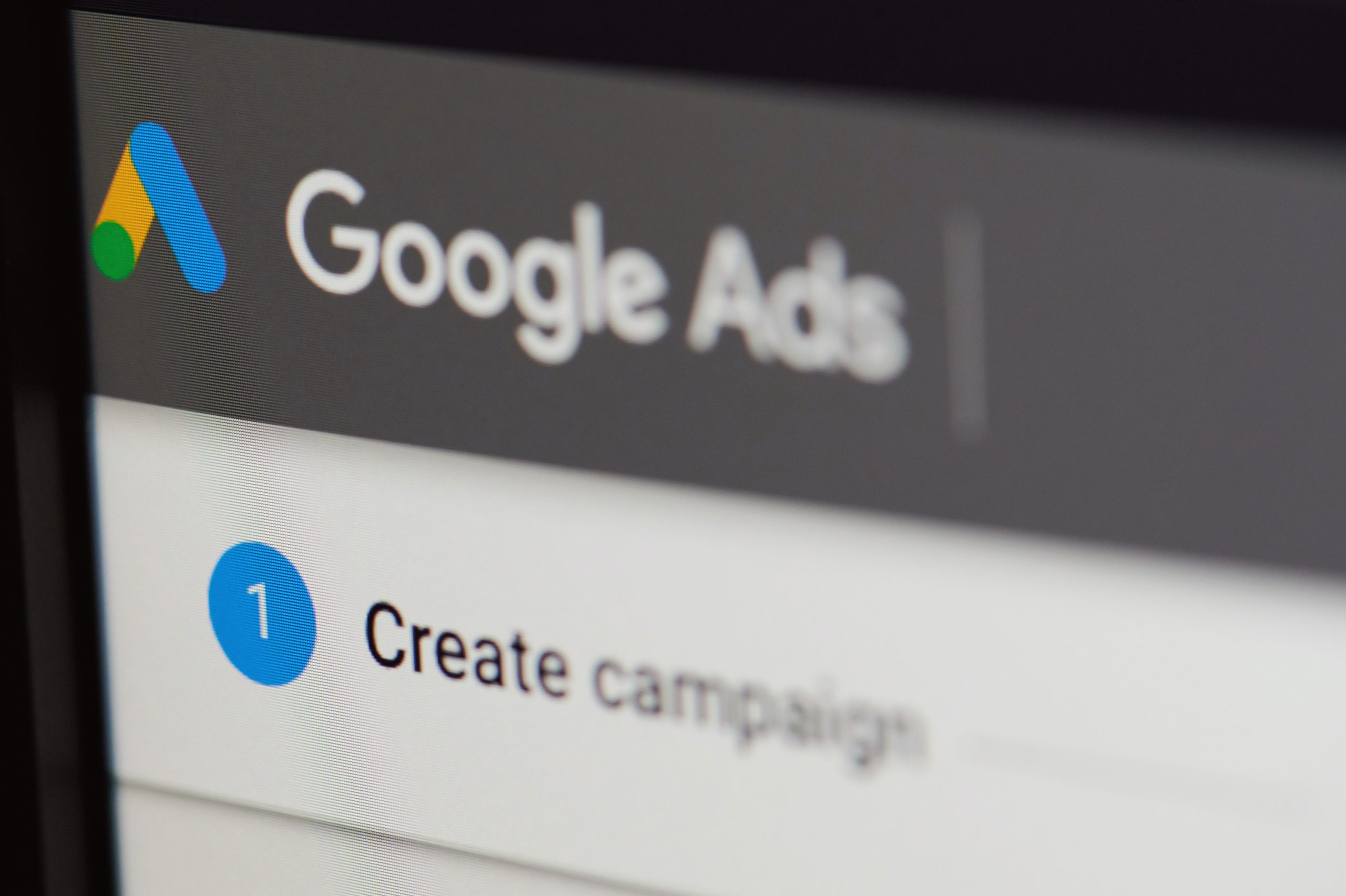Starting in May, Google Ads will be setting a first-party cookie with a new identifier through the Global site tag as well as Google Tag Manager. As a first-party cookie, it will be unique and limited to users of a specific site.
Why The Change to Begin Setting a First-Party Cookie?
Google has made it clear that they’re taking steps toward protecting privacy, which means a heavier reliance on first-party data. With changes on the horizon for the way that folks are tracked, first-party data is more valuable than ever.
Advertisement
Continue Reading Below
In effort to create more opportunities for solutions that build on first-party data, Google has announced that they’ll be updating the global site tag and the Google Tag Manager to set a same-site cookie on advertisers’ web domains to help improve how conversions will be attributed back to ads.
Google notes that beginning in May, this cookie will enable more accurate attribution of conversions, including instances where a user might engage with more than one of your ads before converting.
What Does This Mean for Advertisers?
Since Google initially announced FLoC, they’ve recommended that advertisers implement sitewide tagging with the global site tag or Google Tag Manager, if they haven’t already.
Advertisement
Continue Reading Below
Advertisers should consider implementing the sitewide tag, even if they don’t currently use the Google Ads tag for conversion tracking – such as those advertisers using Google Analytics imports or other measurement tracking options.
It’s too early to say exactly what the benefits will be but it’s clear that Google Ads is working on helping Google Ads advertisers to deepen their first-party data sets through the global site tag and Google Tag Manager tags and seems likely that those tags will be the basis for future innovations as FLoC tracking and measurement evolves.
Additional Conversion Changes for Google Marketing Platform Users in Europe
Last year, Google announced “Consent Mode” as a beta feature to help advertisers remain compliant with regulations in Europe. Consent Mode would automatically ensure that Google tags do not read or write cookies for advertising or analytics purposes in cases where the user did not consent to being tracked.
Understanding that advertisers have a measurement gap due to the loss of data, Google has now announced that Consent Mode will also allow for conversion modeling to help fill those gaps.
Google’s data shows that Consent Mode can recover more than 70% of ad-click-to-conversion journeys that were lost due to user consent choices.
Advertisers using Consent Mode will now see their search, shopping, display and video campaign reports updated with modeled conversion data in the conversions, all conversions, and conversion value columns.
Modeled conversions will be integrated into campaigns in the same way and at the same level of granularity as regular conversion so that it can be leveraged within Google’s bidding tools in the same way as existing conversion data.
Advertisement
Continue Reading Below
Advertisers already using Consent Mode will start seeing gradual improvements as what-would-have-been-lost-conversions are captured through modeling. Advertisers in the European Economic Area or the United Kingdom that are interested in implementing Consent Mode and are using Google Ads conversion tracking can get started here or can work with one of Google’s many consent management platforms.
Sources:
Google Ads to Begin Setting a First-Party Cookie Through the Global Site & GTM Tags
https://blog.google/products/marketingplatform/360/conversion-modeling-through-consent-mode-google-ads/


